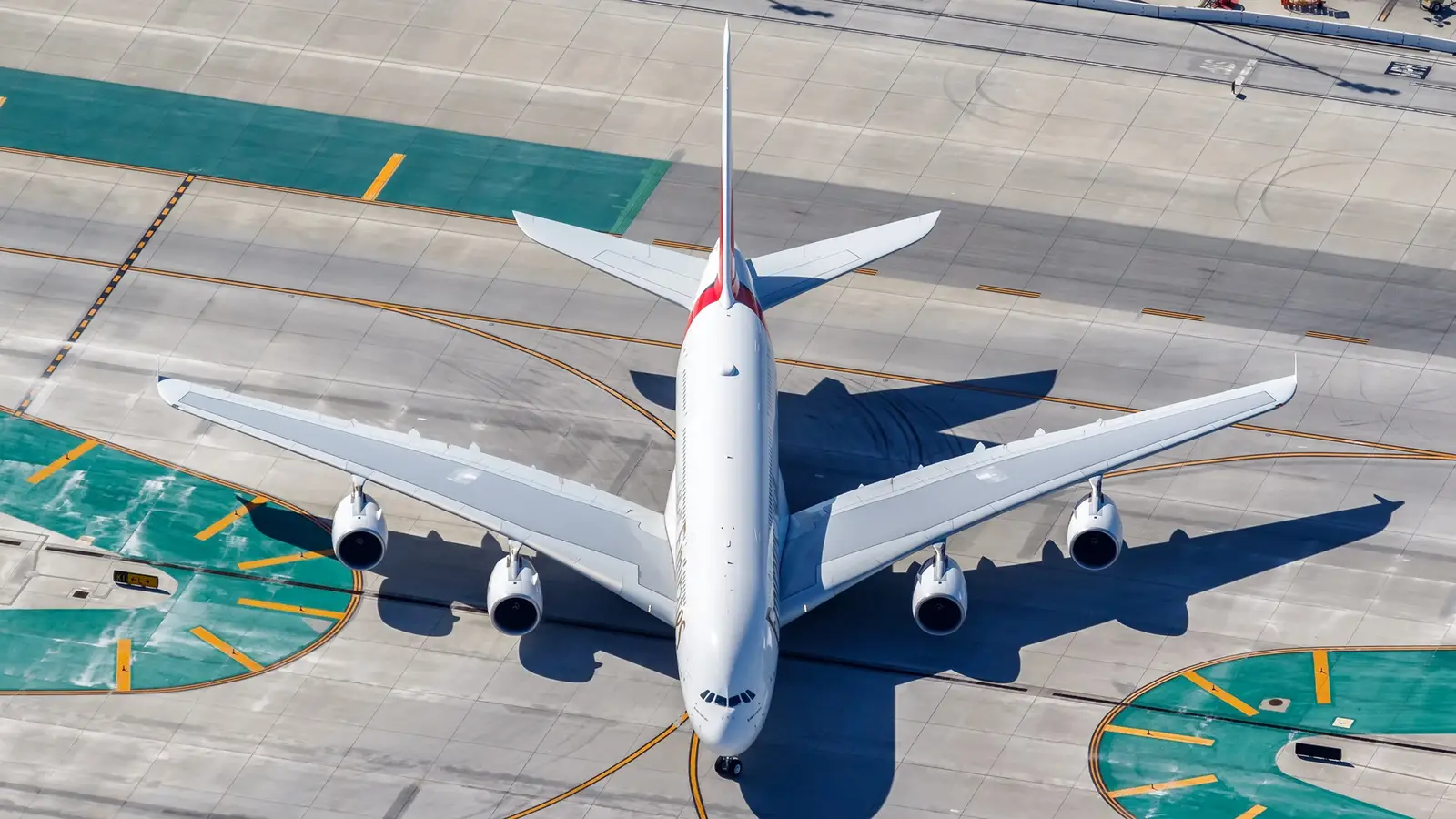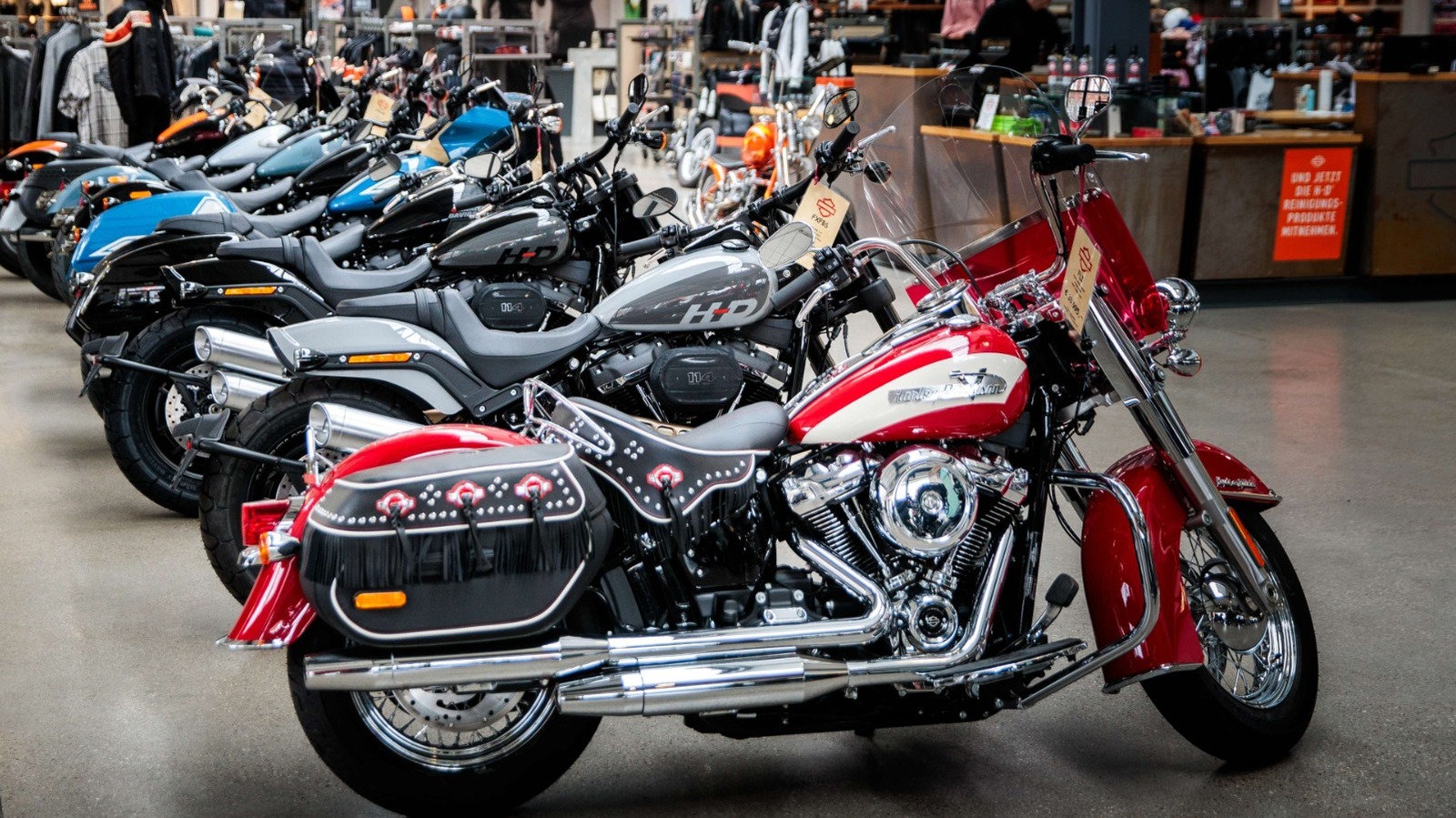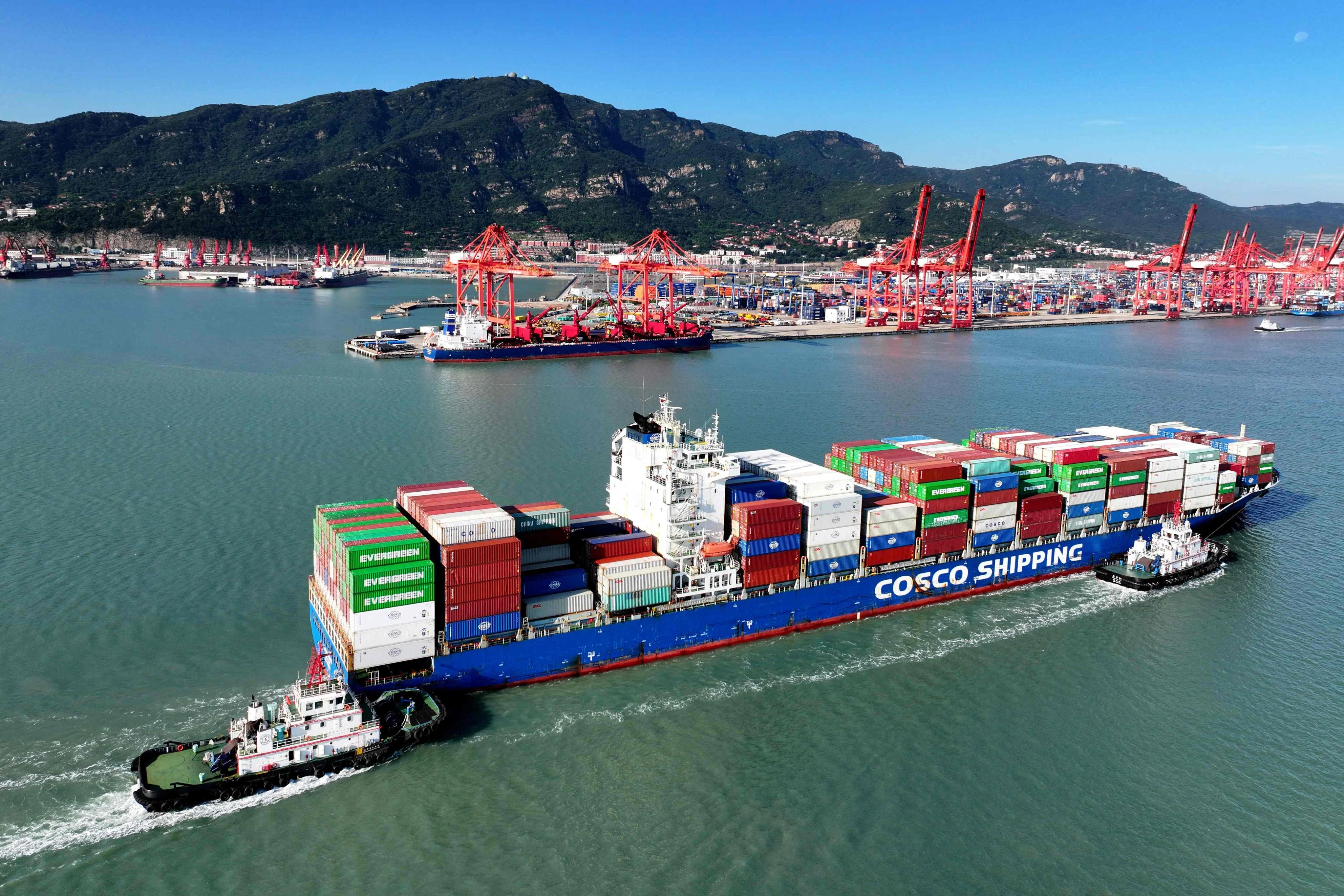
When Airbus began proper development of its jumbo jet, it had already launched the A300, A310, A320, A330, and A340. The expectation was that it would be called the A350. Yet, circumstances transpired that led to the jet being called the A380. This included a significant financial crisis that nearly killed the project and the realization that jumping from a jet the size of an A340 to the A380 would require a larger jump in numbering.
In this article, learn more about the various names that the A380 went through in development, including the various names of the differing prototypes that European engineers suggested, followed by how the name A380 was chosen. Finally, this article looks into how much longer the name will be used as the aircraft continues to fly, and how Airbus’ next family of aircraft could break its naming conventions again.
It Had Different Names During Development
The A380’s story began almost four decades ago. The manufacturer launched the project’s developmental phase in 1988. They called it the Ultra High Capacity Aircraft (UHCA). This jet was planned to end Boeing’s jumbo jet monopoly, acquired with the supremely successful 747.
One proposal was known as the Horizontal Double-Buttle (HDB), which doesn’t exactly roll off the tongue. Proposed by A330 and A340 mastermind Jean Roeder, this argument suggested that the best option would be to stack two A340 fuselages side by side. This aircraft would be astonishingly wide and doesn’t bear thinking of.
Other European ideas competed with the HDB and UHCA, with Airbus hoping an amalgamation of ideas, under a single name, would create the best prototype to compete with the 747. Early 1990s proposals included the DASA A2000 and BAe AC14. The final A380 would inherit many features from this aircraft.
The Iconic “3”
Nearly every Airbus jet’s name begins “A3”, followed by a digit and then a zero: A330, A340, A350, and so on. The A380 would follow this pattern. This contrasts with Boeing jets, which start with a “7”. The “A3” traces its origins back to when Airbus launched its first jetliner, a unique and controversial plane, as no other widebody airliner had two jets when it entered the market. Its competitors had four or three engines. They named it the A300. A for Airbus, and 300 for the 300 passengers that the jet was planned to carry. The table below provides specifications for the A300B4-200, as per Airbus:
The aircraft never carried 300 passengers aboard. After building their first two prototypes, Airbus conducted further research and found that there was not a sufficient market for a 300-passenger jet. Instead, it opted to reduce the jet’s capacity to 250.
Airbus Didn’t Arrive At A380 Immediately
Having previously launched the A300, A310, A320, A330, and A340, it was expected that Airbus’ next jet would be the A350. Yet, to build mystery around the aircraft and prevent too much information from being revealed. When speaking to potential customers, they initially referred to it as the A3YY, followed by A3XX.
Internally, each of the developmental ideas was named around this convention. The HDB twin A340 became the A3XX-H-600. The stranger ideas were eventually thrown away, combined into an A3XX that will be recognizable, and today’s A380. The jet had two variants, the A3XX-100 (500 seats) and A3XX-200 (600 seats). Further developments were assigned “Status” titles, ranging from Status 1 to Status 10.
As the design approached its final stages, the different variants converged on what were intended to be the final titles. The long-range variant was the A3XX-100R, and the short-range option (requested by Lufthansa) was called A3XX-50. Airbus also developed freighter variants. The A3XX-100F was a complete freighter, while the A3XX-100C combined a freighter with a passenger airliner. During this time, Airbus began presenting scale models of the A380 at airshows.
But Why A380?
Airbus’ jumbo jet hit major issues when the Asian financial crisis hit in 1997, forcing many prospective customers to pull out. The manufacturer needed to greatly increase its fuel efficiency to rival the 747. The airliner’s development was pushed back until 2000. When it was eventually launched, it was named the A380. Airbus hoped that this striking rebrand would contribute to giving it the impetus needed for its jumbo to appeal to airlines again.
It isn’t entirely clear beyond this why 8 was chosen specifically. One reason could be that the A380 is substantially larger than the A340. The A380 designation would leave room for intermediary aircraft: the A350, and possibly the A360 and A370 in the future. Other commentators have suggested that the 8 was chosen as it is a lucky number in China. That could have made a minor but significant contribution to the jet’s success in the Asian market. Finally, Noël Forgeard – the CEO of Airbus SAS has suggested that the appearance of the number 8 suggests one on top of the other.
The table below includes key specifications for the A380-800. It pulls from Airbus data.
Along with changing the title to A380, Airbus also dropped its proposed longer and smaller variants. Airbus thought they would seem more advanced with larger numbers to designate the variants. It opted for numbers like A380-700, -800, and -900, rather than -100, -200, and -300. Even that wasn’t enough, as the market wasn’t large enough. Airbus has ended up with just the A380-800 and its freighter equivalent.
We’ll Continue To See These Strangely Named Jets For Years To Come
For several reasons, the A380 is impractical for most of the world’s airlines, especially now that many have transitioned from the hub-and-spoke model to a point-to-point approach. The jet is expensive to operate, requires an enormous crew of three pilots and 21 to 24 cabin crew members, and is only compatible with 140 airports worldwide. A maximum of 400 people can be accommodated on the aircraft in the event of an emergency. That is because the jet is larger and requires a longer takeoff run than the 747. Only carriers that can operate it at maximum capacity can overcome these problems. Despite that, some airlines still operate the jet extensively.
Currently, 10 airlines operate the A380: Emirates (116), British Airways (12), Qantas (10), Qatar Airways (10), Singapore Airlines (10), Lufthansa (8), Etihad (7), Korean Air (7), Asiana Airlines (6), and All Nippon Airways (3). Many of these airlines favor it as a lower-noise and lower-pollution-emitting alternative to the older Boeing 747. The jet achieves this despite having 50% more floor space and 60% more headroom. Much of that is due to the use of advanced materials, including 25% of the structure composed of carbon fiber-reinforced plastic.
British Airways has served as a great example of using the A380 profitably well into the 2020s. They have demonstrated that the jet remains a viable option for long-haul, slot-constrained routes. The jet’s enormous size and high capacity enable the carrier to transport a vast number of people using only one flight.
What Will Airbus’ Next Plane Be Called?
In March of this year, Simple Flying’s Jake Hardiman reported on the progress with Airbus’ next jet, which could be hydrogen-powered. Such technology would be a significant step towards aligning the aviation industry with net-zero goals, marking a substantial advancement beyond sustainable aviation fuel. As a result, Airbus’ working title for this aircraft is ZEROe. Airbus has stated that ZEROe looks “to explore the feasibility of two primary hydrogen propulsion technologies: hydrogen combustion and hydrogen fuel cells. The results of the fuel cell prototype and powertrain testing, as well as research into complementary technology such as cryogenics, supported the viability of this technology.”
Much like the stage of the A380’s development when it was known as A3XX and A3YY, Airbus is experimenting with multiple concepts for the aircraft. One is a turbofan airliner built to carry 200 passengers over 2,000 nautical miles (3,704 km). A smaller turboprop design will carry 1,000 passengers. More unusual designs include the Blended-Wing Body (BWB) aircraft with capabilities similar to those of the turbofan aircraft. The final design would utilize an electric propulsive system, converting hydrogen fuel into electric power.
As with the A380, Airbus’ ZEROe has been delayed. At a summit in Toulouse, Airbus’ CEO, Guillaume Faury, emphasized that the manufacturer would continue to work on developing hydrogen-powered aviation. Yet, he announced delays with no confirmed development timeline: “With today’s conditions, [ZEROe] would not be a competitive aircraft compared to other ones and with other forms of fuel due to the fact that we don’t have yet a regulatory framework to certify such an aircraft.” Perhaps a new name will be required in the future to bring ZEROe back to Airbus’ customers’ attention.



